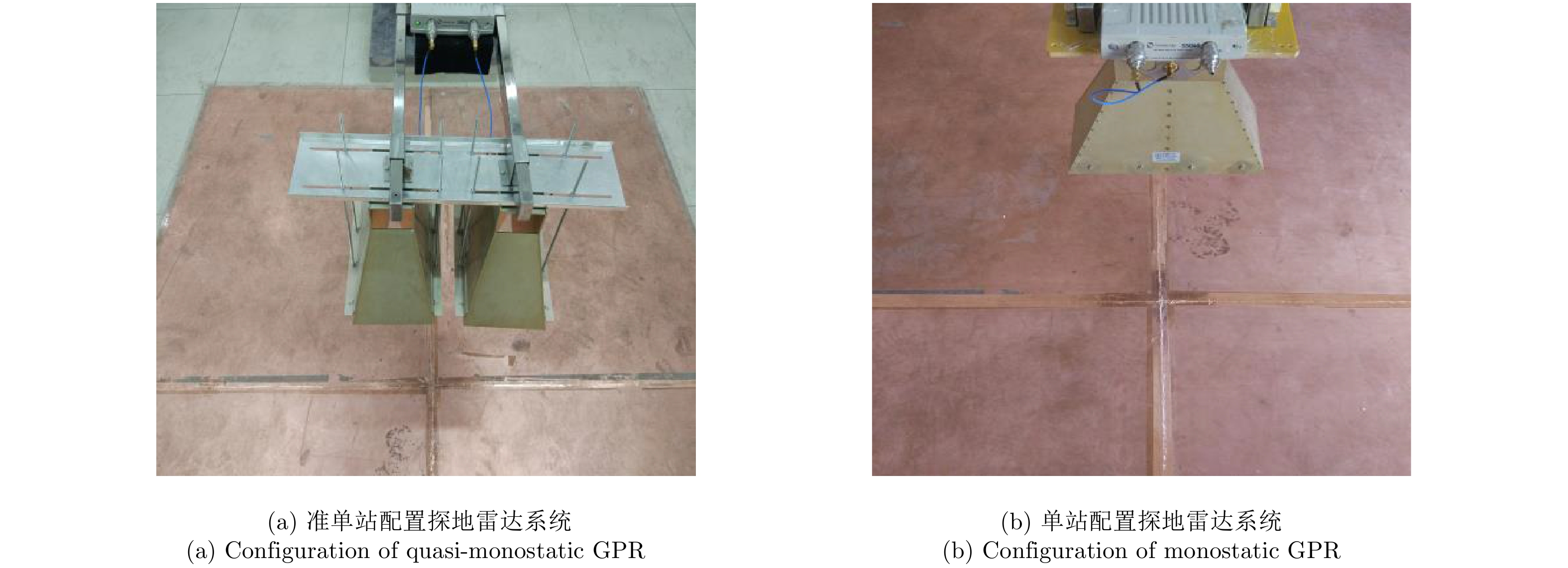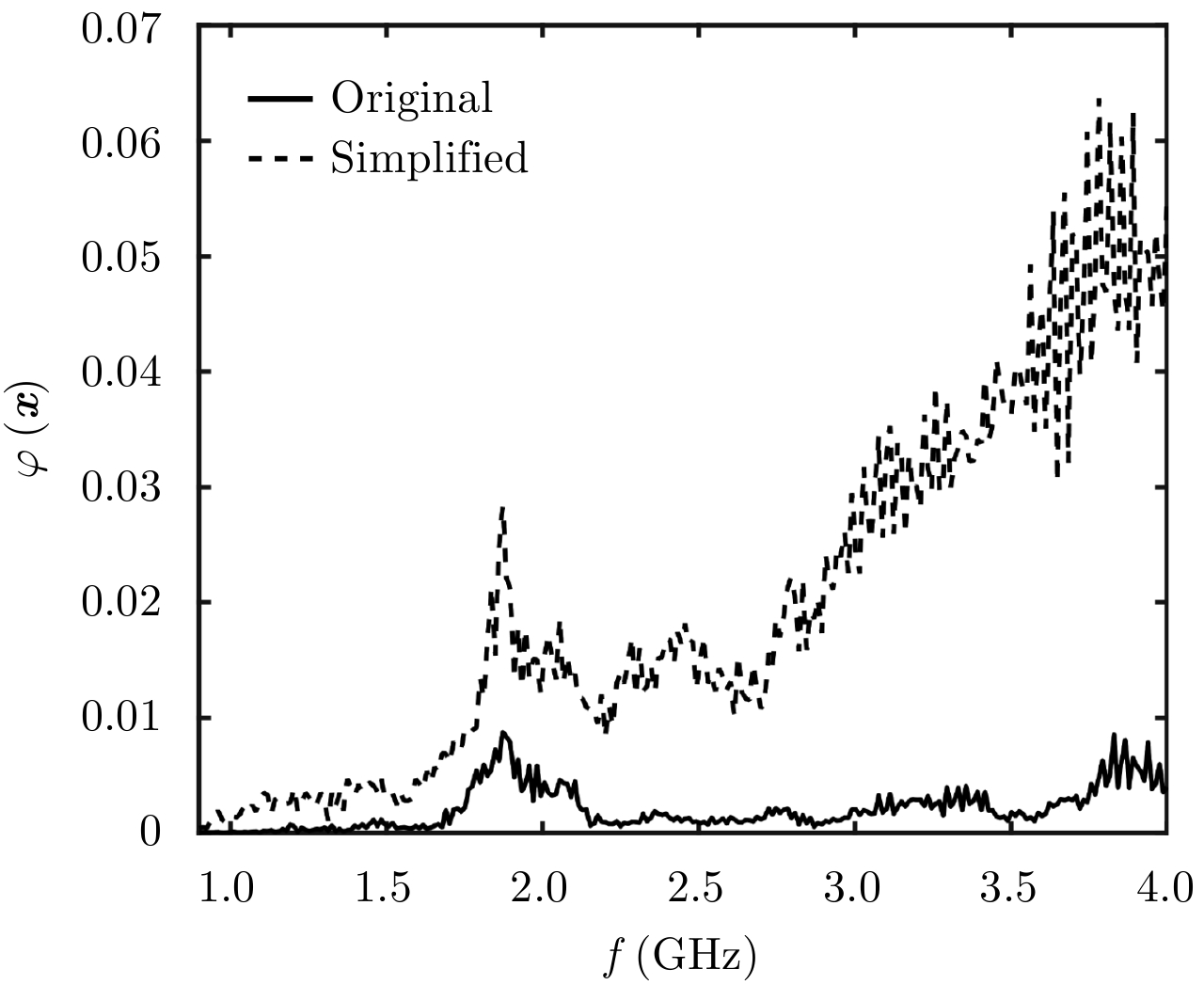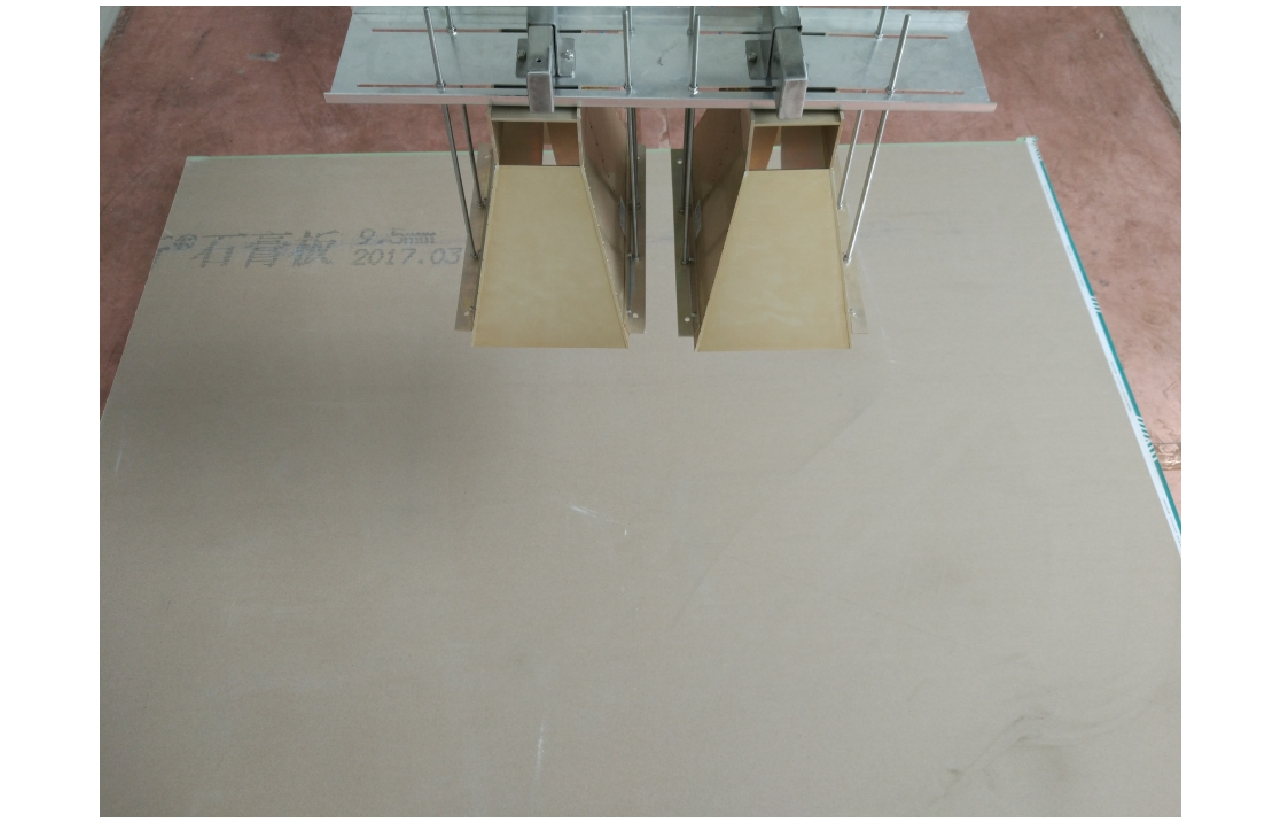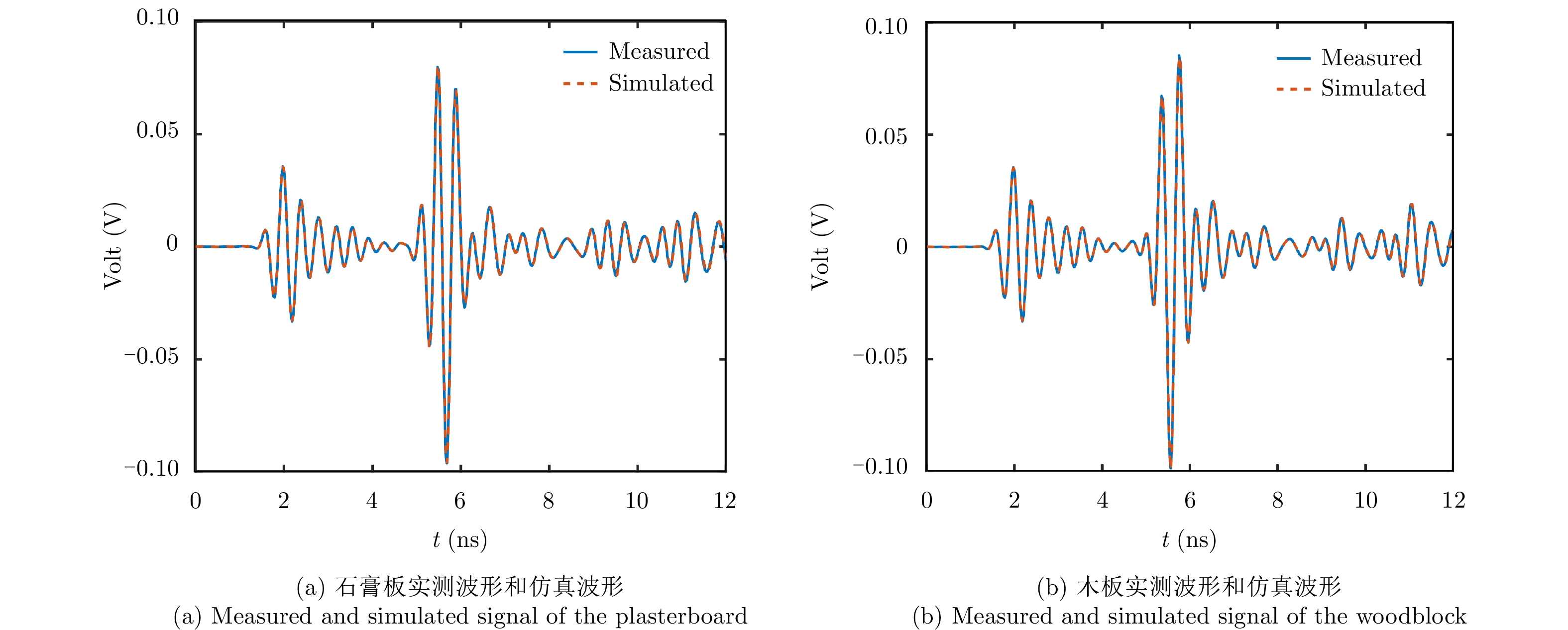- Home
- Articles & Issues
-
Data
- Dataset of Radar Detecting Sea
- SAR Dataset
- SARGroundObjectsTypes
- SARMV3D
- AIRSAT Constellation SAR Land Cover Classification Dataset
- 3DRIED
- UWB-HA4D
- LLS-LFMCWR
- FAIR-CSAR
- MSAR
- SDD-SAR
- FUSAR
- SpaceborneSAR3Dimaging
- Sea-land Segmentation
- SAR Multi-domain Ship Detection Dataset
- SAR-Airport
- Hilly and mountainous farmland time-series SAR and ground quadrat dataset
- SAR images for interference detection and suppression
- HP-SAR Evaluation & Analytical Dataset
- GDHuiYan-ATRNet
- Multi-System Maritime Low Observable Target Dataset
- DatasetinthePaper
- DatasetintheCompetition
- Report
- Course
- About
- Publish
- Editorial Board
- Chinese
| Citation: | |
A Modeling Method for Quasi-monostatic Stepped Frequency Ground Penetrating Radar
DOI: 10.12000/JR18096 CSTR: 32380.14.JR18096
More Information-
Abstract
Ground Penetrating Radar (GPR) is a widely used non-destructive testing tool. Constructing an appropriate forward model is crucial for GPR to perform a full-waveform inversion of layered media. In this paper, a forward model for the quasi-monostatic Stepped-Frequency GPR (SFGPR) is proposed. In the model, the GPR and its interaction with the layered medium are represented as a linear equation in which the effects of the antennas are represented by a set of frequency-dependent transfer functions. To verify the accuracy of the proposed model, the authors constructed a quasi-monostatic SFGPR in a laboratory condition and performed a full-waveform inversion of the measurement signals of plasterboard and woodblock with known thickness. In the inversion results, the thickness estimation errors of the plasterboard and woodblock are not more than 0.3 mm, indicating that the proposed forward model has a very high accuracy. The inversion performances of the quasi-monostatic and monostatic SFGPR are further compared for the layered medium constructed with plasterboard and woodblock, which has a small permittivity difference. The results show that the quasi-monostatic SFGPR can obtain more accurate inversion parameters. By estimating the Signal to Noise Ratio (SNR) of the reflected signal from the interface, it is found that the SNR obtained by the quasi-monostatic configuration is 10 dB higher than that of the monostatic; therefore, the quasi-monostatic GPR has the better inversion performance. -

-
References
[1] 刘澜波, 钱荣毅. 探地雷达: 浅表地球物理科学技术中的重要工具[J]. 地球物理学报, 2015, 58(8): 2606–2617. doi: 10.6038/cjg20150802LIU Lan-bo and QIAN Rong-yi. Ground penetrating radar: A critical tool in near-surface geophysics[J]. Chinese Journal of Geophysics, 2015, 58(8): 2606–2617. doi: 10.6038/cjg20150802[2] ZHANG J W, YE S B, YI L, et al. A Hybrid method applied to improve the efficiency of full-waveform inversion for pavement characterization[J]. Sensors, 2018, 18(9): 2916. doi: 10.3390/s18092916[3] KLĘSK P, KAPRUZIAK M, and OLECH B. Statistical moments calculated via integral images in application to landmine detection from Ground Penetrating Radar 3D scans[J]. Pattern Analysis and Applications, 2018, 21(3): 671–684. doi: 10.1007/s10044-016-0592-5[4] DEIANA R, LEUCCI G, and MARTORANA R. New perspectives on geophysics for archaeology: A special issue[J]. Surveys in Geophysics, 2018, 39(6): 1035–1038. doi: 10.1007/s10712-018-9500-4[5] LAHOUAR S and AL-QADI I L. Automatic detection of multiple pavement layers from GPR data[J]. NDT & E International, 2008, 41(2): 69–81. doi: 10.1016/j.ndteint.2007.09.001[6] LAMBOT S, SLOB E C, VAN DEN BOSCH I, et al. Modeling of ground-penetrating radar for accurate characterization of subsurface electric properties[J]. IEEE Transactions on Geoscience and Remote Sensing, 2004, 42(11): 2555–2568. doi: 10.1109/TGRS.2004.834800[7] WARREN C and GIANNOPOULOS A. Creating finite-difference time-domain models of commercial ground-penetrating radar antennas using Taguchi’s optimization method[J]. Geophysics, 2011, 76(2): G37–G47. doi: 10.1190/1.3548506[8] HYUN S Y, KIM S Y, and KIM Y S. An equivalent feed model for the FDTD analysis of antennas driven through a ground plane by coaxial lines[J]. IEEE Transactions on Antennas and Propagation, 2009, 57(1): 161–167. doi: 10.1109/TAP.2008.2009650[9] VENKATARAYALU N V, GAN Y B, LEE R, et al. Application of hybrid FETD-FDTD method in the modeling and analysis of antennas[J]. IEEE Transactions on Antennas and Propagation, 2008, 56(9): 3068–3072. doi: 10.1109/TAP.2008.928809[10] ALKHALIFEH K, HISLOP G, OZDEMIR N A, et al. Efficient MoM simulation of 3-D antennas in the vicinity of the ground[J]. IEEE Transactions on Antennas and Propagation, 2016, 64(12): 5335–5344. doi: 10.1109/TAP.2016.2618482[11] GENTILI G G and SPAGNOLINI U. Electromagnetic inversion in monostatic ground penetrating radar: TEM horn calibration and application[J]. IEEE Transactions on Geoscience and Remote Sensing, 2000, 38(4): 1936–1946. doi: 10.1109/36.851775[12] LAMBOT S, SLOB E, and VEREECKEN H. Fast evaluation of zero-offset green’s function for layered media with application to ground-penetrating radar[J]. Geophysical Research Letters, 2007, 34(21): L21405. doi: 10.1029/2007GL031459[13] The data sheet of the portable VNA[OL]. http://www.c-oppermountaintech.com/products/12/S5048/. -
Proportional views

- Figure 1. Modeling diagram for the quasi-monostatic ground penetrating radar
- Figure 2. Configurations of quasi-monostatic and monostatic GPR
- Figure 3. Fitting errors of the simplified model and original model
- Figure 4. Validating the accuracy of the quasi-monostatic model with the thickness-known plasterboard
- Figure 5. Comparison of the measured and simulated signal for plasterboard and woodblock
- Figure 6. Models used to calculate the reflections on the interface
- Figure 7. The comparison of the SNR between the monostatic and quasi-monostatic GPR


 Submit Manuscript
Submit Manuscript Peer Review
Peer Review Editor Work
Editor Work





 DownLoad:
DownLoad:





